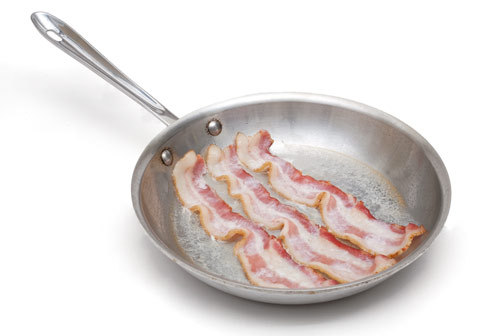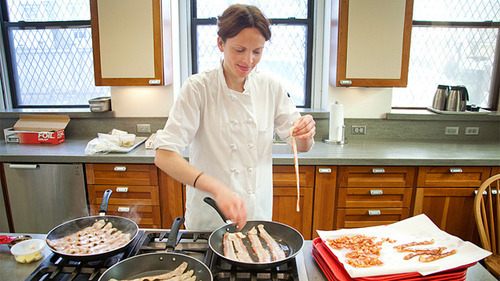Last weekend, Jonathan and I had some friends over, so we decided to make some Hawaiian food! Even though Jonathan is from Hawaii, he’s never actually cooked Hawaiian before…
I had thought about making Lau Lau a while back, but couldn’t find taro leaves in Boston, so at some point, I had flown home to LA to pick up the closest thing I could find: dry lotus leaves. I packed them back in a hanging suit case just to keep them flat… so finally putting them to good use was not a bad idea at all.
Jonathan tackled making the Lau Lau, which is pork and butterfish steamed in taro leaves (in this case lotus leaves), the Lomi Lomi Salmon, and tuna poke, while I handled the MALASADAS!
As you recall, I had made malasadas once before, and I was not prepared. But this time, I knew exactly what I was getting myself in to, and lo and behold, they turned out to be beautiful, golden, round donuts!
We’re booked to return to Hawaii this coming January, and I will have a chance to go back to Leonard’s again. One day, I will become a malasada master just like him, but for now, I gotta learn how he injects that coconut cream…

















